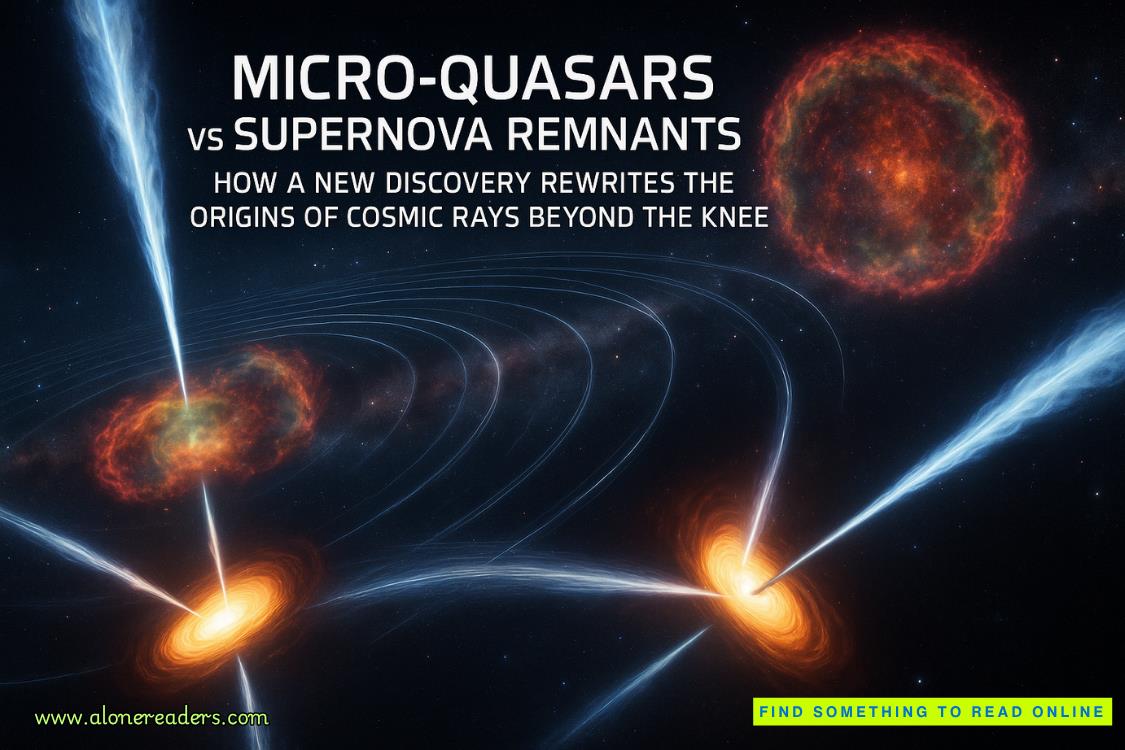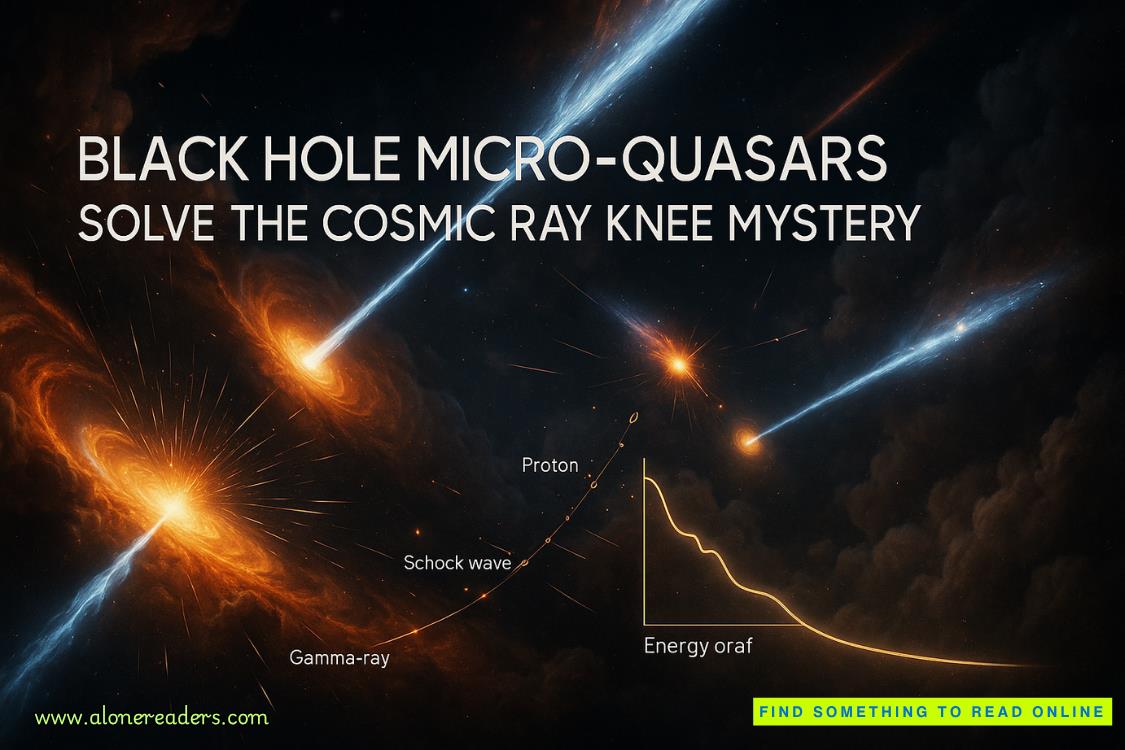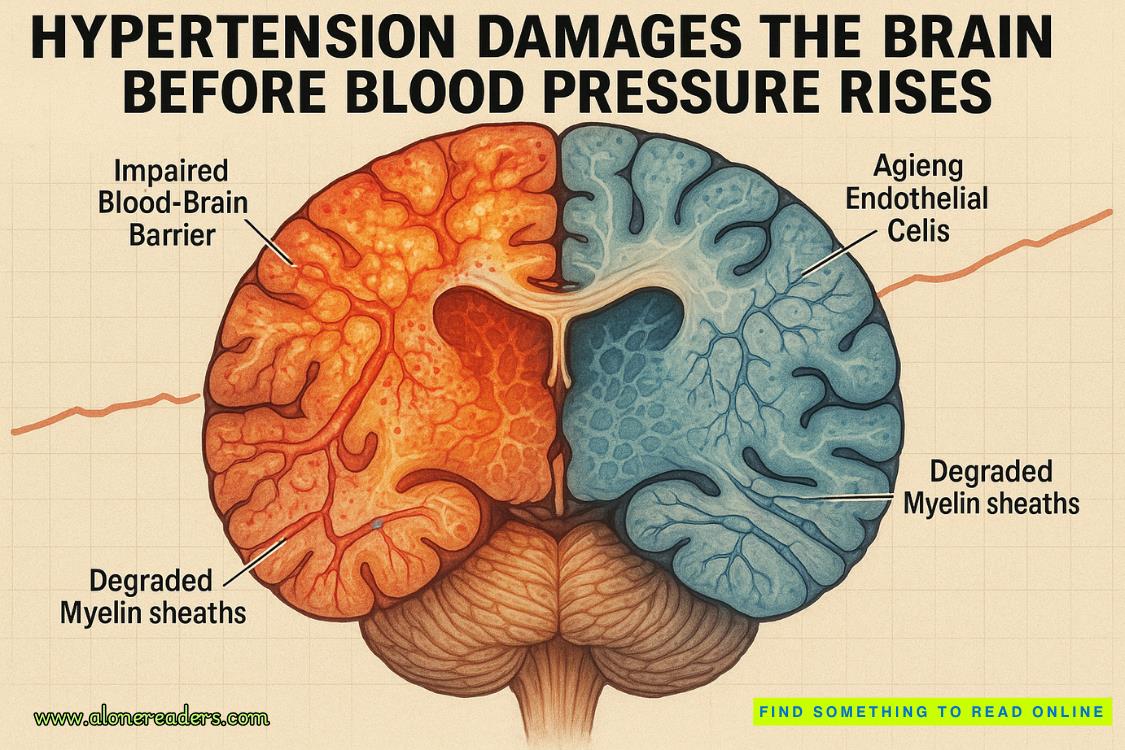Page 1 of Nebula Hearts
ARIS
The cold air stings my lungs. My breath fogs in front of my face, little clouds that dissipate in Survey Moon 3’s thin atmosphere. One of the few perks of this rock, we can walk around without suits. It doesn’t make it warm, though. I pull my jacket tighter and adjust the equipment pack on my shoulders.
“How much farther?” I ask.
Tynrax doesn’t slow his pace. “One point five kilometers.”
Right. Exact measurements. I should have expected that. The man probably knows the distance down to the centimeter. Man. Zephyrian. Whatever.
I glance at Sarpi, our pilot, who trudges a few meters ahead. He catches my eye and grins, like he knows exactly what I’m thinking about our very precise commander.
I look back at Tynrax. He’s got his datapad out, probably recalculating our arrival time down to the second. The pale morning light catches the faint violet patterns at his temples. Barely visible right now, but they brighten when he’s concentrating. I’ve been noticing that. The way the traceries extend down his throat and disappear under his collar. How far do they go?
Zephyrians and their emotional suppression protocols. Sometimes I think they took the whole ‘logic over feeling’ thing too far. But I have to admit, having a commander who doesn’t panic is useful when you’re racing a three-day deadline.
I refocus on the regolith.
Professional behavior. That’s what this mission requires.
We’ve been walking for twenty minutes across gray regolith dotted with volcanic rock formations. The rover’s back at the ship; the moonquake made the terrain too unstable for a vehicle landing near the worksite.
So we walk. The relay station is visible now, a dark shape rising against the pale sky. Solar arrays spread out around it in neat concentric rings, most of them still functional. Some aren’t.
That’s why we’re here.
Three days ago, a moonquake damaged the power relay. No one could have foreseen the cascade collapse, the slightest error that ballooned into the current crises.
Now, the colony has only weeks until their backup generators fail. On top of everything, it’s three days until Christmas. Our first big celebration, five years after the colony’s founding. Three days until life support goes down in the outer sectors if we fail. Five thousand people depending on three people to fix equipment that should have lasted another decade without maintenance.
Five thousand humans and Zephyrians trying to build something new together. An experimental joint colony, meant to prove that integrated settlement could work. That different species could cooperate, share resources, build a future together. No pressure there either.
No pressure.
I focus on the landscape instead of the knot in my stomach. The terrain here is mostly basaltic, volcanic in origin, interesting from a geological perspective but not particularly unusual.
What is unusual is the cliff face rising maybe fifty meters to our left. The moonquake opened up fissures all along the ridge. Most of them look like standard seismic fracturing.
One of them doesn’t.
“Commander,” I say, trying to sound casual. “That opening in the cliff. Northwest, maybe thirty degrees. You see it?”
He stops. Follows my gaze. “The fissure?”
“Look at the edges. They’re too straight. Too precise for natural fracturing in basaltic composition.” I point. “And there’s something inside. Looks like worked stone.”
Tynrax studies the opening for a long moment. “Could be geological. Columnar jointing in basalt can create linear patterns.”
“Columnar jointing forms hexagonal shapes. That’s too precise.” I shift my pack. “I think we should investigate.”
“After we assess the relay.” His tone is final. Not angry, just done with the conversation. “That’s our priority.”
“I know that.” And I do know that. Obviously. Thousands of lives versus my curiosity about some rocks in a cliff. Not a hard choice. “I’m just saying, as the planetary geologist on the team, identifying structural anomalies is literally my job description.”
“Your job is to assess whether the relay’s foundation is stable after the moonquake.” He starts walking again. “If the structure might shift during repairs, we need to know.”
I jog to catch up. “Right. Which requires identifying unusual geological formations that might indicate subsurface instability.”
Sarpi, our pilot and the third member of our merry band, glances back at us. “Are we stopping to look at the rocks?”















